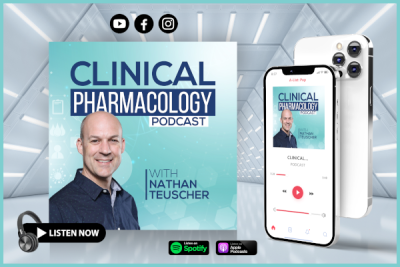33: Effect compartment PK-PD models (Ep. 33)
In this episode I describe effect compartment PK-PD models. I describe how they work, a method of creating exploratory plots, how to set up the dataset for NONMEM, and how to code the model in NONMEM. This is the 2nd of 4 episodes on different PK-PD models. Links discussed in the show: Example NONMEM code…
Read More

Recent Comments